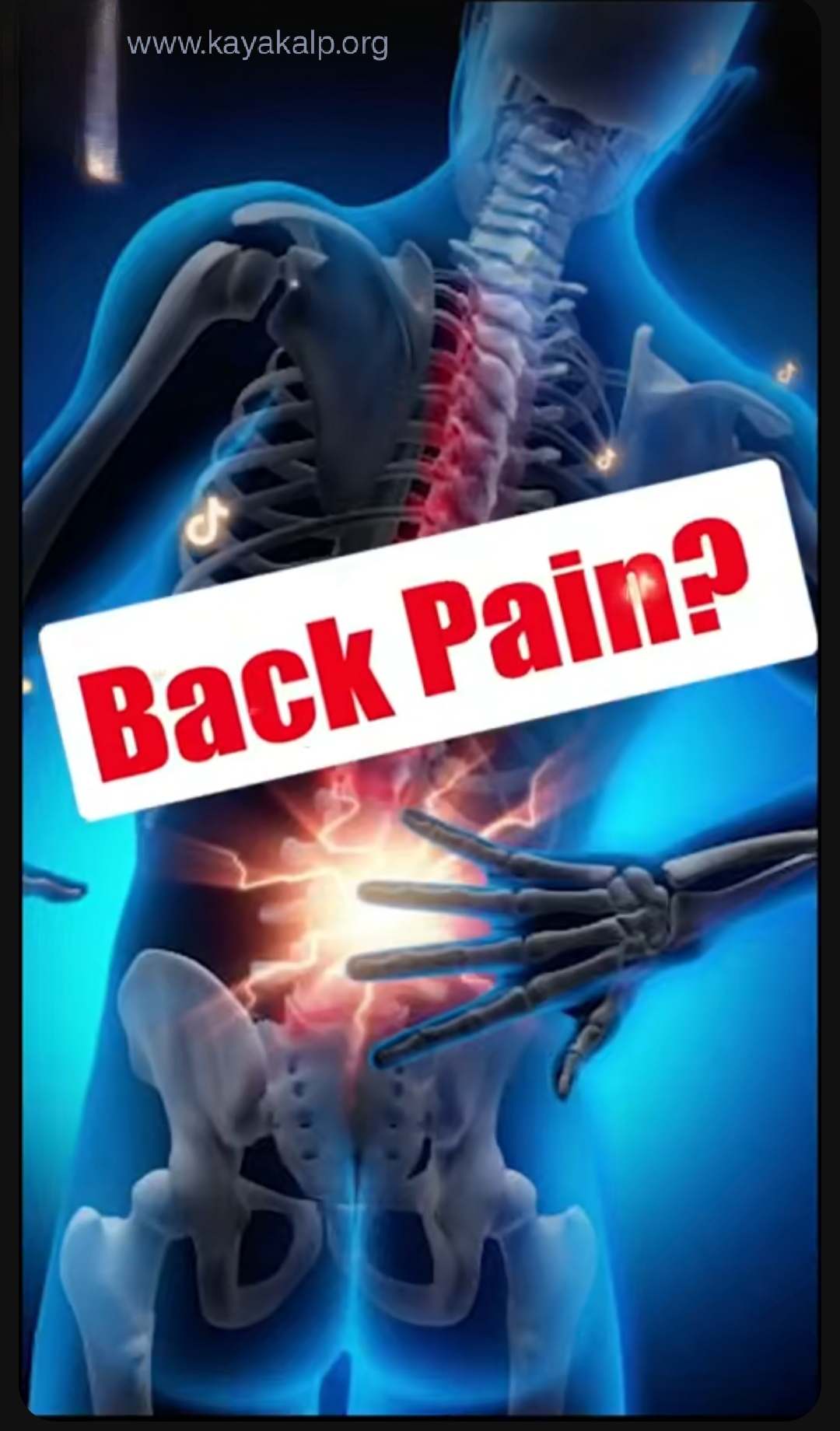Back Pain

Key facts
- In 2020, low back pain (LBP) affected 619 million people globally and it is estimated that the number of cases will increase to 843 million cases by 2050, driven largely by population expansion and ageing.
- LBP is the single leading cause of disability worldwide and the condition for which the greatest number of people may benefit from rehabilitation.
- LBP can be experienced at any age, and most people experience LBP at least once in their life.
- Prevalence increases with age up to 80 years, while the highest number of LBP cases occurs at the age of 50–55 years.
- Non-specific LBP is the most common presentation of LBP (about 90% of cases).
Overview
Low back pain (LBP) describes pain between the lower edge of the ribs and the buttock. It can last for a short time (acute), a little longer (sub-acute) or a long time (chronic). It can affect anyone.
LBP can be specific or non-specific. Specific LBP is pain that is caused by a certain disease or structural problem in the spine, or when the pain radiates from another part of the body. Non-specific LBP is when it isn’t possible to identify a specific disease or structural reason to explain the pain. LBP is non-specific in about 90% of cases.
Scope of Ayurveda
Most cases presenting at clinic are either non specific LBP that respond quickly to KAYAKALP PAIN THERAPIES, like-
ABHYANG MASSAGE WITH VATA OILS.
NADI SWED fomentation of herbal steam.
KATI BASTI (vata oil bath in lumbo sacral region)
PATRA POTTALI SWED fomentation (Herbal poultice)
BASTI (Oil/Kwath retention enemas)
In specific cases as Ankolysing Spondylosis (AS) or Rheumatoid Arthritis (RA) or Fibromyalgia, specific treatment is planned according to the patient.
Ayurveda medicine like KAYAKALP NUROVAT capsules, KAYAKALP KATIVAT capsules, KAYAKALP GUGGULU capsules, etc. with VATA HERBAL TEA can help in long term relief without any side effects. KAYAKALP ASHWAGANDHA-SHILAJIT capsules help in patients with LBP associated with stress and depression.
Medicine and therapy kits can be send to your doorstep after online consultation too.
Signs and symptoms
Low back pain can be a dull ache or sharp pain. People with LBP may also experience spine-related leg pain (sometimes called sciatica or radicular pain or GRIDHRASI in Ayurveda). This is often described as a dull sensation or a sharp, electric shock feeling. Numbness or tingling and weakness in some muscles may be experienced with the leg pain.
When associated with LBP, radicular signs and symptoms are often due to involvement of a spinal nerve root. Some people may experience radicular symptoms without LBP, when a nerve is compressed or injured distal to the spinal column.
All these experiences affect well-being and quality of life and often lead to loss of work and retirement wealth, particularly in those who experience chronic symptoms.
Self-care
Self-care is an important part of managing LBP and returning to meaningful life activities.
There are several ways to reduce symptoms and help prevent further episodes of non-specific low back pain:
- being physically active
- optimizing mental well-being
- maintaining a healthy body weight
- not smoking tobacco
- getting good sleep
- being engaged in social and work activities
- making ergonomic adjustments in the workplace.
Education and support can help people with low back pain to develop strategies to self-manage and cope with the symptoms. This helps to reduce the impact of the disease and improve well-being.
Dr. SUNEET AURORA
Note:
Medicine kit can be delivered to your doorstep after online consultation.
For online consultation, call 0161-5028269; Whatsapp +91 7589001373; e mail: [email protected]
